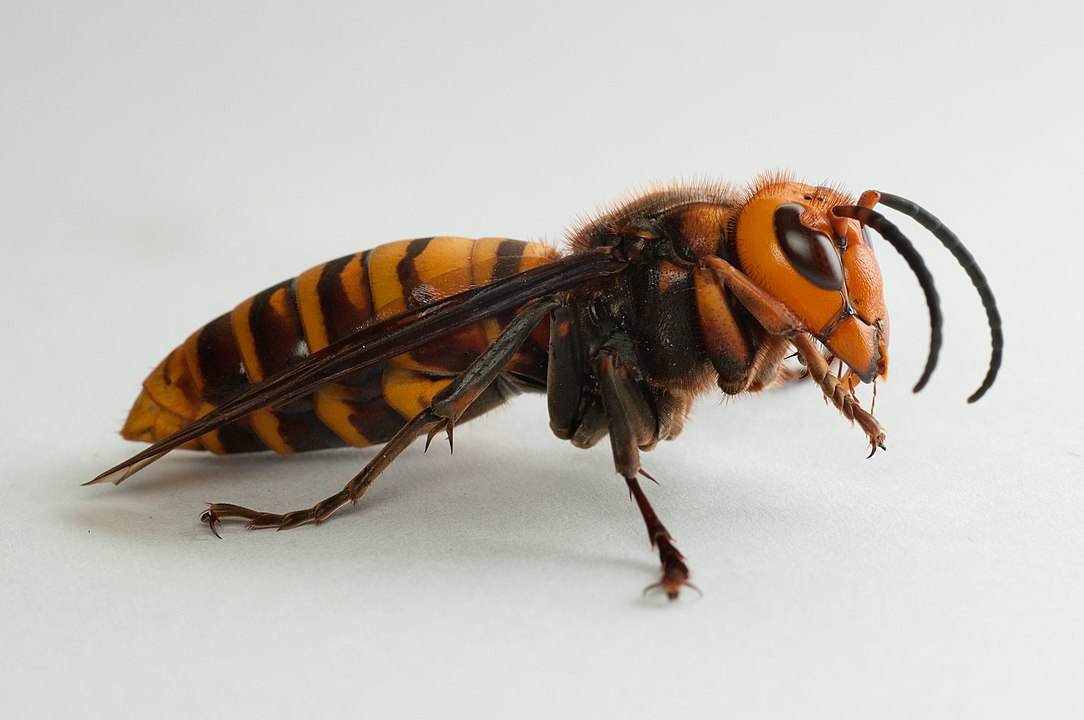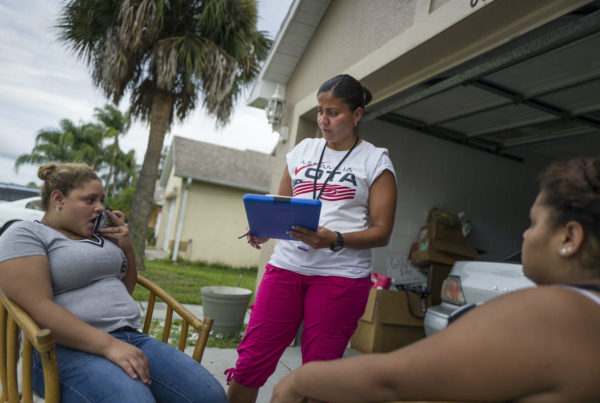The Asian giant hornet is the world’s largest, at as much as two inches long. It has not yet been spotted in Texas, but Wizzie Brown, a program specialist with the Texas A&M AgriLife Extension Service, says experts are already working to prevent them from making their way here.
On the proper name:
Hopefully we are going to encourage people to use the proper name. That way we can have intelligent conversations.
On why the scary nickname:
While they have been called the murder hornet, they are not murdering people. They actually will attack and destroy honeybee hives. So what they do is they go out, they decapitate the adult bees, and then the hornets will go in and take the larvae and the pupae out of the honeybee colony and they take that back to their own, so they can feed their developing reproductive. They can also attack other pollinators like bumblebees and things like that.
On the threat to people:
If this insect were to be introduced into Texas, these Asian giant hornets are capable of stinging humans just like any other wasp or bee, they do have a stinger. The thing here is their stinger is longer because of the larger wasp and their venom does tend to be more potent than the regular wasp that we’re used to. Some people can be allergic to the venom and that could lead to anaphylaxis or death or something like that. So this is something that people do have to take care of if we were to get them.
On what’s being done:
We do have a task force set up in Texas through Texas A&M University, and they are working on detecting Asian giant hornets when they move into Texas. So we’re kind of putting the word out for people to report any possible sightings that they might see. The way that they would get transported into Texas most likely would be in cargo. So that is something that the task force is working with other governmental agencies so they can kind of monitor those areas where those walls might actually move into Texas. Of course, they have people that are kind of serving as spotters, but they’re also tagging the wasps with little micro transmitters so they can track where they fly and return to possible nesting sites so that they can go and find if it’s just a single wasp or if there are more wasps that they need to take care of.















